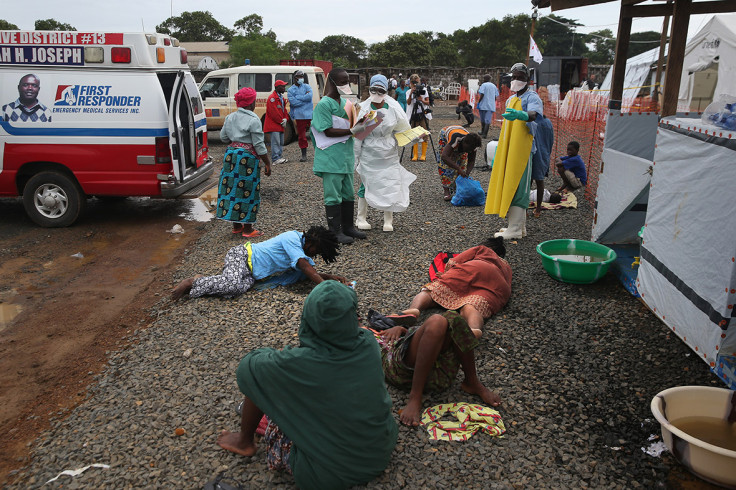Risk of Airborne Ebola is Science Fiction

The risk of the deadly Ebola virus becoming airborne while "physically possible" is very unlikely, experts have said.
Currently, the Ebola virus is transmitted from person to person through close contact with the bodily fluids of an infected person.
It is not airborne and the scientist who helped discover the virus said he would be happy to sit next to a victim on a train – as long as they did not vomit on him.
Over 2,000 people have now died from Ebola in West Africa since the outbreak of the disease at the start of the year. The spread has been largely attributed to mistrust of authorities, poor health services and burial traditions among local people.
However, Michael Osterholm, director of the Centre for Infectious Disease Research and Policy at the University of Minnesota, recently wrote a New York Times op-ed suggesting the risk of the Ebola virus becoming airborne is "real" and steps must be taken to prepare for this eventuality.
Responding to his comments, an article in Scientific American has largely debunked Osterholm's claims.
William Schaffner of Vanderbilt University told the magazine: "We have so many problems with Ebola, let's not make another one that, of course, is theoretically possible but is pretty way down on the list of likely issues.

"Everything that is happening now can easily be comprehensively explained by person-to-person spread via body contact. We don't have to invoke anything else."
In order for Ebola to become airborne, a large amount of the virus would have to start replicating in cells in the throat, lungs and bronchial tubes. It would also have to be a more efficient method of transmission than the current person to person method to counter any genetic costs or mutations it would need to undertake.
Unlike a flu virus, which regularly mutates, Ebola would have to develop the attachments to do so. If inhaled, it would have to develop the attachments needed to grab onto cells in another person's airway.
"Since the virus doesn't have attachment factors that can work in the upper airway, it's very rare for it to go human to human, and then it almost always stops and doesn't get to a third person," Schaffner said.
Because Ebola is so effective at transmitting already, to mutate to become airborne would not be an efficient option, experts concluded.
Amesh Adalja, from the University of Pittsburgh, agreed, telling LiveScience: "It's pretty unlikely. Airborne transmission may be what we fear the most, but evolutionarily speaking, it may not be the best path for the virus to take."
© Copyright IBTimes 2024. All rights reserved.






